The Federal Aviation Administration (FAA) has just released comprehensive regulations for training pilots to operate powered-lift aircraft, marking a historic moment in aviation history, according to an announcement by FAA Administrator Mike Whitaker. This landmark development sets the stage for a revolutionary transformation in Urban Air Mobility and commercial aviation operations.
Revolutionary Aircraft Category Takes Flight
This is the first entirely new aircraft category introduced to civil operations since helicopters in the 1940s. The regulations cover air taxis and eVTOLs – aircraft that combine characteristics of both airplanes and helicopters.
“We’ve consistently said we’ll be ready for air taxis, cargo delivery and a variety of operations within urban and rural areas when operators are ready to fly safely, and with this rule we are,” states Whitaker.
The opportunities are far-reaching, from transporting passengers in urban areas to providing air ambulance services and cargo operations in smaller communities.

Key Features of the New Regulations
The rules establish a Special Federal Aviation Regulation (SFAR) that will remain in effect for 10 years. These flexible requirements are designed to accommodate diverse powered-lift designs, incorporating helicopter operating requirements for certain flight phases. Notably, the regulations now permit single flight control training systems and expanded use of flight simulators, while taking a performance-based approach to operating rules. The FAA made significant changes based on public comments received during the proposal phase, demonstrating their commitment to collaborative rulemaking.
From Science Fiction to Reality
Whitaker draws a parallel between the current developments and “The Jetsons” cartoon, noting that what once seemed far-fetched is becoming reality. With nearly 800,000 drones currently registered with the FAA – more than triple the number of traditional aircraft – the agency is preparing for another revolutionary shift in aviation.
“This is, from my perspective as FAA Administrator, the most exciting time in aviation history,” Whitaker emphasizes.
Initial Operations and Future Implementation
The new aircraft will initially operate similar to helicopters, using existing routes and infrastructure such as helipads and early vertiports. The FAA completed the regulatory framework in just 16 months after the initial proposal in June 2023, an unusually quick timeline for federal rulemaking.
The timing couldn’t be better for EVTOL manufacturers like Joby Aviation and Archer.
“The regulation published today will deliver the rules ahead of schedule and ensure the U.S. continues to play a global leadership role in the development and adoption of clean flight,” said JoeBen Bevirt, founder and CEO of Joby.
Manufacturers must still build aircraft that meet strict safety standards, and some are reportedly very close to achieving certification. The FAA has engaged early with manufacturers in the design and certification process to ensure they have all necessary resources for success.
DroneXL’s Take
The introduction of these regulations represents a significant milestone in eVTOL development and urban air mobility. This framework could revolutionize not just passenger transport but also emergency services and cargo operations in both urban and rural settings. The FAA’s approach balances safety requirements with technological innovation, potentially paving the way for a new era in aviation. While initial adoption may follow patterns similar to early automobiles and cell phones, the potential for rapid market expansion and technological advancement suggests we could see these aircraft becoming commonplace sooner than many expect.
What are your thoughts on these new regulations and the future of urban air mobility? Share your perspective in the comments below.
Photos courtesy of Joby Aviation and the FAA.
Discover more from DroneXL.co
Subscribe to get the latest posts sent to your email.


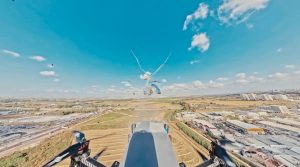


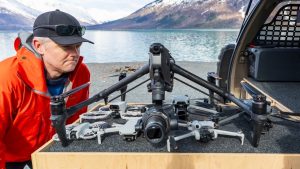
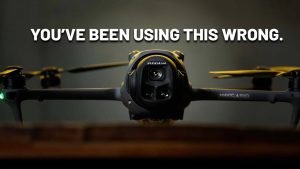
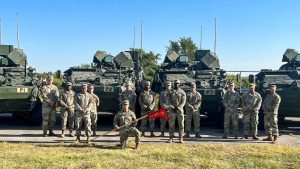





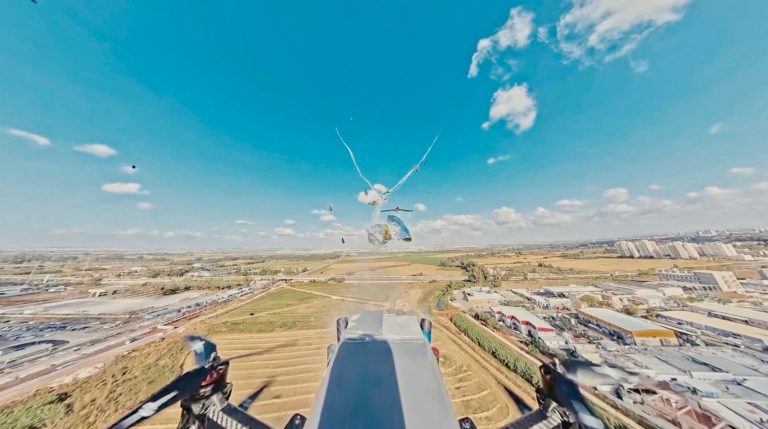

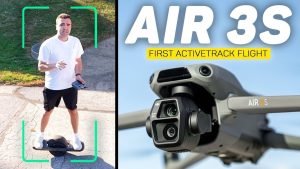

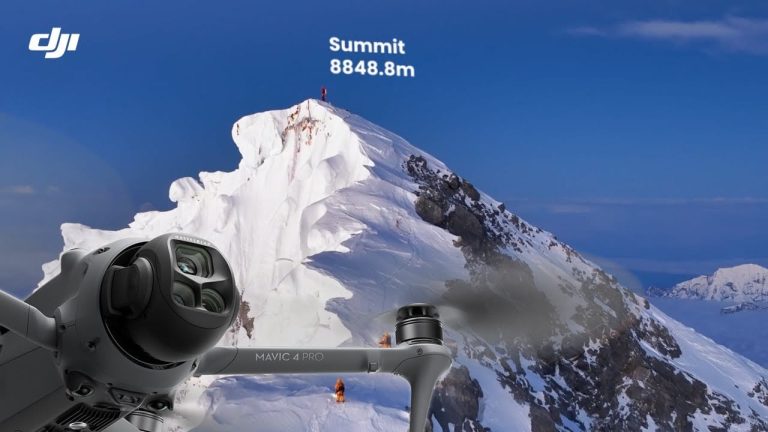
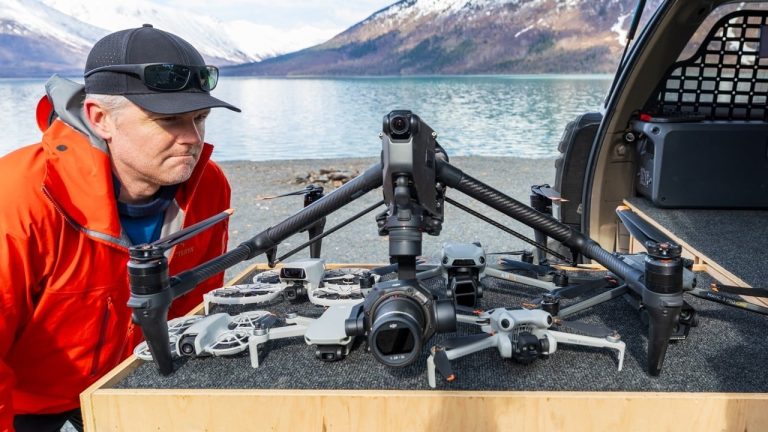
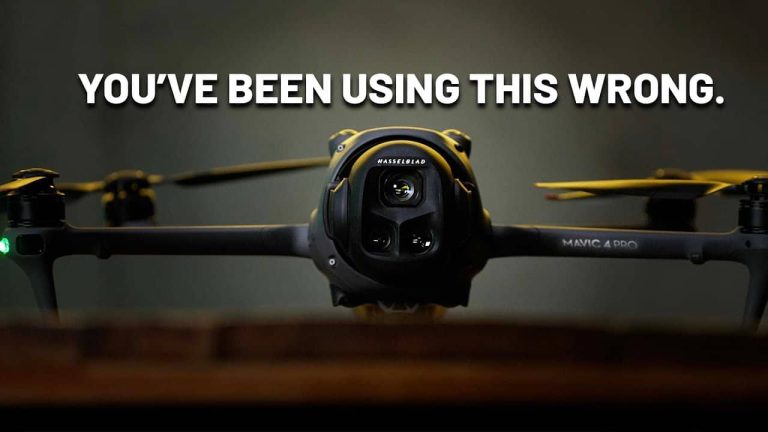
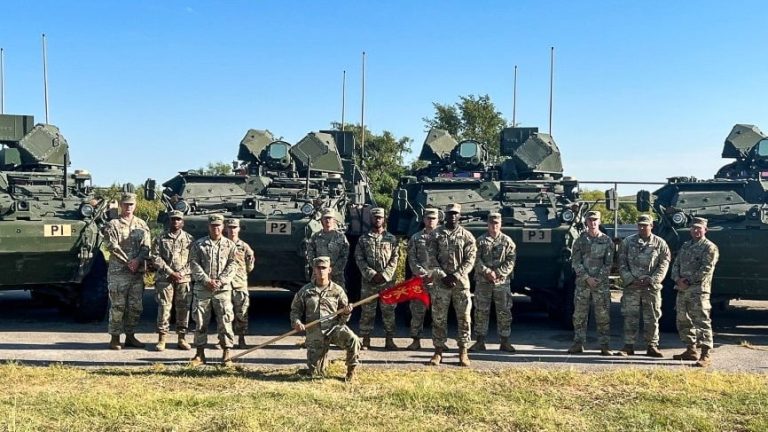
+ There are no comments
Add yours